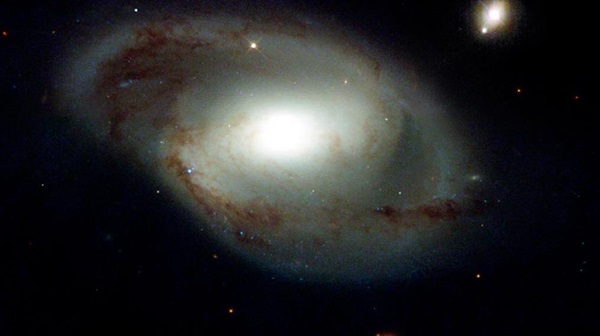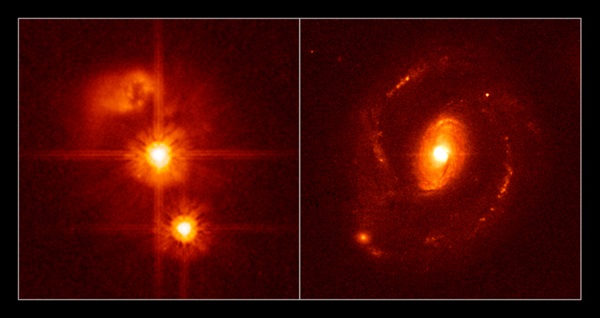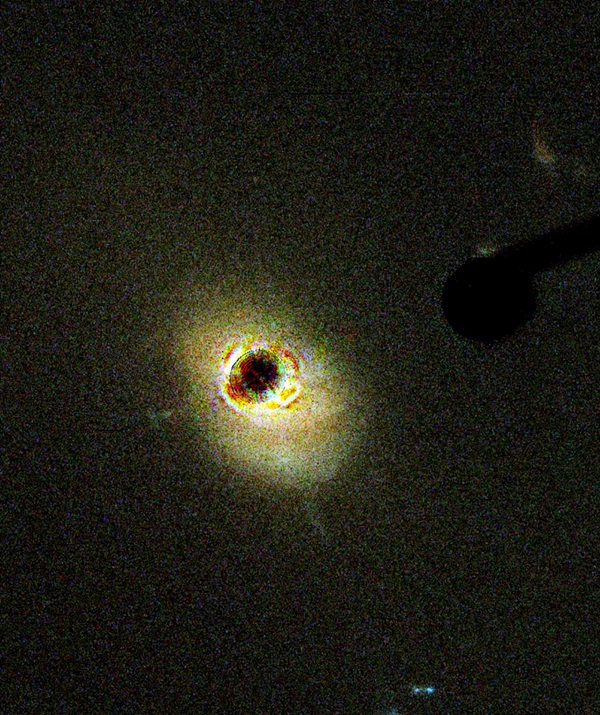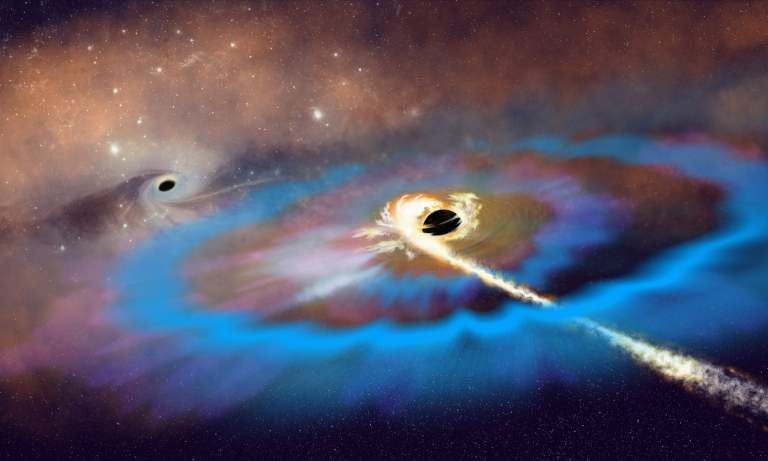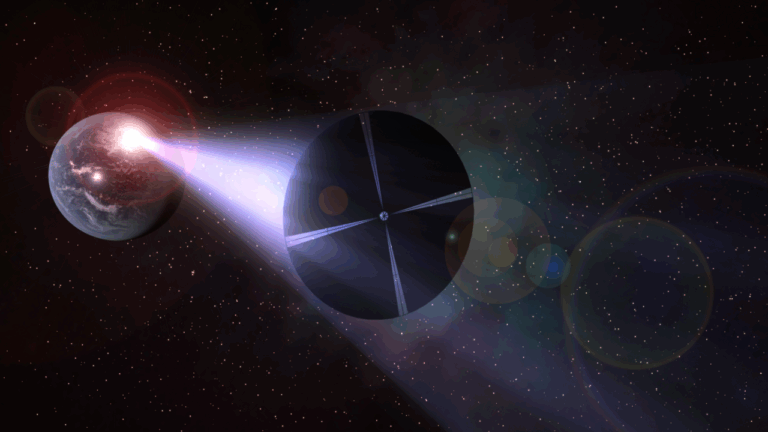Key Takeaways:
- Quasars, identified in 1962, are extremely distant and luminous objects understood to be young, energetic galactic cores fueled by central black holes accreting matter and producing high-energy jets.
- Astronomers' understanding evolved, integrating quasars into the spectrum of Active Galactic Nuclei (AGN), suggesting they represent similar phenomena viewed from different perspectives.
- Observational evidence, particularly from the Hubble Space Telescope, confirmed that quasars reside within host galaxies, often revealing faint galactic structures and companions, indicating that galaxy encounters may trigger their activity.
- Quasars have been crucial for studying the early universe, providing insights into galaxy formation and supporting the prevalence of supermassive black holes in galactic centers, even when dormant in nearby galaxies.
Quasars, short for quasi-stellar objects, were first identified in 1962 by Maarten Schmidt at the California Institute of Technology. They appear as star-like points, but they lie at enormous distances, which means they’re emitting incredible amounts of energy.
By the 1980s, quasars’ prodigious X-ray and radio emissions led most astronomers to believe these objects contain black holes in their centers. In the 1990s, scientists increasingly viewed quasars as young galactic cores where gas, dust, and stars fed a central black hole.
One byproduct of the infalling matter is a high-energy jet erupting from near the black hole and hurling material into space. Quasars became part of a spectrum of energetic galaxies called active galactic nuclei (AGN), which also includes Seyfert galaxies, BL Lacertae objects, and radio galaxies. Perhaps these diverse objects, astronomers thought, were similar creatures viewed from different angles.

Bringing the universe to your door. We’re excited to announce Astronomy magazine’s new Space and Beyond subscription box – a quarterly adventure, curated with an astronomy-themed collection in every box. Learn More >>.
Slowly, the question of what quasars are morphed into how quasars formed. Observational clues from the Hubble Space Telescope and other instruments able to observe the far reaches of the cosmos are giving astronomers leads. Some quasars seen at high resolution exhibit a “fuzz” of light. In recent years, Hubble has revealed faint galactic forms around quasars. This confirms these distant beacons are, indeed, young galactic cores.
Some quasars observed in the 1990s appeared “naked” — they seemed to have no host galaxy. But subsequent research with better instruments revealed fuzz around many of these objects, too.
Another striking discovery came with Hubble observations showing more than a third of quasar host galaxies have a small companion. Perhaps encounters between galaxies trigger activity by sending extra fuel toward the central black hole.
For years, quasars provided the only way astronomers could get a glimpse of the early cosmos. Astronomers’ assumption that quasars were linked to the formation of galaxies was key to understanding how everything in the early universe formed. They’ve confirmed that quasars are young, energetic galaxies. And supermassive black holes appear to be typical in all but the smallest galaxies — including our own.
Many nearby galaxies have dormant black holes that are now noticeable only by their gravitational effects on nearby objects. In the Milky Way, the motions of stars near the galactic center reveal the presence of an invisible object several million times the Sun’s mass. Studies of the giant elliptical galaxy M87 betray the presence of a 5-billion-solar-mass object.
Since their discovery, quasars’ distant beacons have shone a guiding light on some of cosmology’s biggest questions. They promise to give astronomers additional answers, too — especially with the help of Hubble and its descendants. Thanks to far-flung quasars, astronomers’ view of the early universe will continue to improve.

